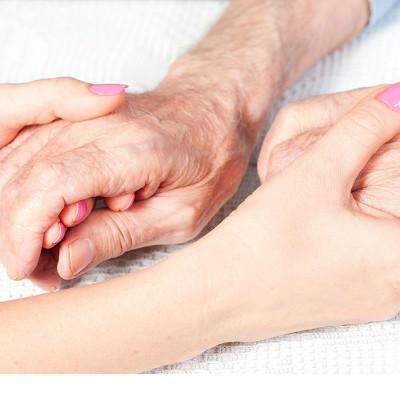Parkinsonism?
summary
Parkinson's disease, also known as tremor paralysis, as a common neurodegenerative disease, is very common in the elderly. As the saying goes, early know, early prevention, early care. So, what are the early symptoms of Parkinson's disease? We should be cautious about the following precursors.
Parkinsonism?
Static tremor: about 70% of patients with the early manifestation of the disease is often tremor, usually a side of the finger rub pill like movement. Tremor will change with the change of mood, appear or more obvious when stationary, reduce or stop when moving at will, aggravate if the spirit is tight, and disappear after falling asleep.

Myotonia: in the early stage, most of them start from unilateral limbs, and patients will feel stiff and stiff. When it affects the trunk, limbs, hips and knees, it will present a special flexion posture. When the examiner moves the patient's limbs, neck or trunk, he can detect obvious resistance. When the facial muscles are affected, the patient will have a dull expression.

Bradykinesia: slow movement, difficulty in starting, loss of active movement. The fine movements of the upper limbs of patients will become inflexible, such as tying shoelaces, buttoning and other movements will slow down a lot than in the past, and even can not be successfully completed. Writing will gradually become difficult, handwriting skew, writing smaller.

matters needing attention
Posture and gait abnormalities: limb, trunk, neck muscle rigidity will make the patient present a special flexion posture when standing, there will be head tilt forward, trunk abdominal flexion, elbow flexion, wrist extension, anterior adduction, hip and knee slightly bending. It's easy to start when walking, but once you start, you can't stop in time because you lean forward and walk faster and faster. When walking, the cooperative swing of the affected upper limb decreased until it disappeared; He also found it difficult to turn around, so that he had to take several small steps in succession.












